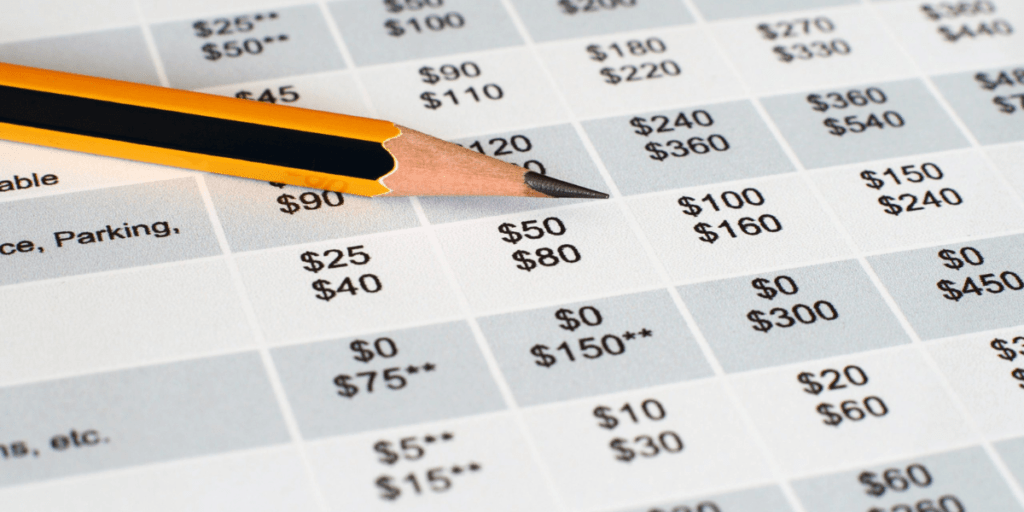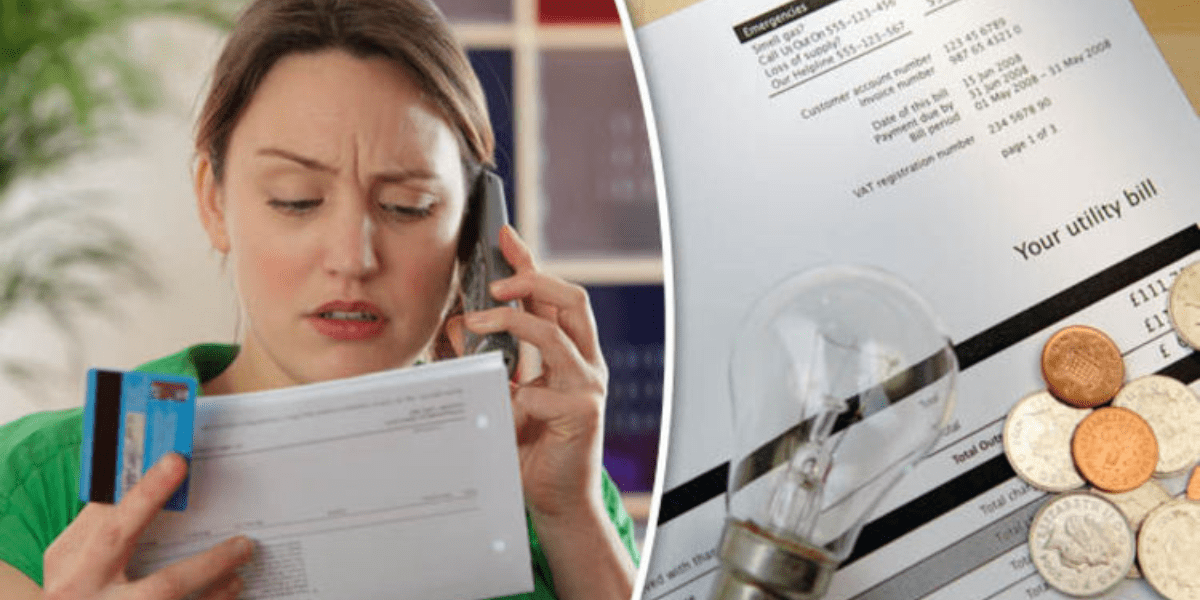Managing personal finances can be a daunting task, especially for beginners. It can feel overwhelming to keep track of your income, expenses, and savings while ensuring that you are living within your means. However, creating a budget is a crucial first step towards financial stability and achieving your financial goals. With a budget, you can manage your money more effectively, pay off debts, save for emergencies and long-term goals, and enjoy greater financial freedom.
If you’re new to budgeting, the prospect of creating a budget may seem intimidating. However, with the right guidance and tools, you can easily create a budget that works for you.
In this article, we will provide you with 5 easy steps to create a budget for beginners. These steps are simple and straightforward and will help you take control of your finances and start making progress towards your financial goals. By the end of this article, you will have a clear understanding of how to create a budget that is tailored to your unique financial situation and goals.
Table of Contents
What is Budgeting?
Budgeting is the process of creating a plan to spend your money as wisely as possible. This spending plan is called a budget. Creating this spending plan allows you to determine in advance whether you’ll have enough money to do the things you need to do or would like to do.
If you don’t have enough money to do everything you would like to do in your life, then creating a budget is the way to go. You can use this planning process to prioritize your spending and focus your money on the items that are most vital to you.
Why is Budgeting so Important?
Budgeting is a crucial aspect of personal finance management. It involves creating a plan for your income and expenses, allowing you to manage your money effectively and make informed financial decisions. Here are some reasons why budgeting is so important:
- Helps you track your spending: A budget helps you keep track of your spending and identify areas where you may be overspending. This information can be used to make adjustments and cut back on unnecessary expenses.
- Enables you to prioritize your expenses: A budget allows you to prioritize your expenses and allocate your income towards the most important things, such as rent/mortgage, bills, groceries, and savings.
- Allows you to save money: Budgeting helps you save money by identifying areas where you can cut back on expenses and directing the savings towards your financial goals, such as paying off debt or saving for a down payment on a house.
- Reduces stress and anxiety: Having a budget in place can reduce financial stress and anxiety by giving you a clear picture of your financial situation and enabling you to plan ahead.
- Helps you achieve your financial goals: A budget helps you stay focused on your financial goals, whether it’s paying off debt, saving for retirement, or building an emergency fund. By tracking your progress and making adjustments along the way, you can achieve your financial goals faster.
5 Easy Steps To Create A Sustainable Budget

Step.1: Make a Budget Plan.
There are many budgeting methods, each of which has its pros and cons. We recommend the popular 50/30/20 budget rule of budgeting. In it, you spend roughly 50% of your after-tax dollars (Net Income) on needs, no more than 30% on wants, and at least 20% on savings and debt repayment.
Let’s break it down…
50%: Needs
Needs are those bills that you absolutely must pay and are the items necessary for survival. These include groceries, housing, health care, minimum debt payment, and utilities. So a need is basically something you literally can’t live without. The “needs” category does not include items that are extras, such as Netflix, Starbucks, and dining out.
30%: wants
Wants are all the things you spend money on that are not absolutely essential. This includes dining out, clothes shopping, Starbucks, your cable or cell phone plan, travel, gifts, or a gym membership.
Basically, wants are optional expenses you spend money on that make life more enjoyable and entertaining. Half of your after-tax income should be all that you need to cover your needs and obligations.
20%: savings
The remaining 20% of your income should go toward savings and investments. This includes adding money to an emergency fund in a bank savings account, making IRA contributions to a mutual fund account, and investing in the stock market.
You should have at least 3 months of emergency savings on hand in case you lose your job or anything bad happens to you and your family. After that, focus on retirement and meeting other financial goals down the road.
Why does the 50/30/20 budget rule work?
If you’re not sure where to start with a budget, breaking it up into these basic categories is often really helpful. Those percentages will help create a balance between obligations, goals, and splurges.
When it doesn’t?
You might have a problem with this if you can’t separate your needs from your wants, even with something like housing. For example, If you live in a low-cost area, 50 % of housing and bills might be a lot. On the other hand, if you’re not earning much, you might not have the luxury of only spending half your income on necessities.
Step.2: Figure Out Your After-Tax Income.
You can’t determine your budget until you know how much you have to spend.
To figure out how much you have available to spend each month, you need to determine your after-tax income (Net Income). This is the amount that comes in on your paychecks and that you have available to spend. Add up all your sources of income in a given month. Your job, any side hustles, or passive income.
Step.3: Set Your Priorities and Reduce Spending.
Once you have a clear understanding of your fixed and variable expenses, it’s time to prioritize your spending. Ask yourself what your financial goals are and what expenses are necessary versus discretionary.
For example, if your goal is to save for a down payment on a house, you may need to cut back on discretionary spending such as eating out or buying new clothes. On the other hand, if your goal is to pay off debt, you may need to focus on reducing fixed expenses such as finding cheaper rent or refinancing a high-interest loan.
Reducing spending can feel daunting, but it doesn’t have to be. Look for areas where you can make small changes that add up over time. For example, bringing your lunch to work instead of eating out or using coupons when grocery shopping. It’s important to find a balance between cutting back on expenses and still enjoying your life. You don’t need to completely deprive yourself of all discretionary spending, but finding ways to save money in areas that won’t drastically affect your quality of life can go a long way.
Step.4: Track Your Progress.
Budgeting is a long-term game. You need to check in on your spending regularly to ensure that your needs and wants aren’t creeping beyond their 50% and 30% income designations. Plus, you’ll need to add new budget categories and delete others over time.
We recommend reviewing your budget on a weekly basis at the beginning. Checking in every week will allow you to make course corrections before things get too far off track. Make note, if you’re budgeting with a spouse, you both need to be involved in the review.
Having one person in a relationship dictating the budget isn’t a recipe for long-term success. The best way to stay on top of your budget is to make sure that you have a record of all of your expenses and income.
Step.5: Re-Evaluate and Make Adjustments.
One of the biggest mistakes new budgeters make isn’t sticking with the budget long enough. They get frustrated once they overspend in a category or an emergency expense sets them back on their goals.
Not understanding that there is no such thing as a normal month or a static budget, they conclude that they are “just bad at budgeting”… and then they give up. These are the moments to power through!
The first budget you make won’t be your last. You are new to tracking your expenses, so you are going to get things wrong. The important thing is to continue monitoring, review where your weak points are, and adjust your habits and budget accordingly.
Final thoughts
Creating and sticking to a budget is an essential step in achieving financial stability and freedom. While it may require some discipline and sacrifice, the benefits are worth it in the long run. By following the five easy steps outlined in this article, you can start taking control of your finances and building a better future for yourself and your family.
If you haven’t already, take the time to create a solid personal budget today. And remember, everyone’s financial situation is unique, so don’t be afraid to adjust your budget as needed to fit your needs and goals. Share your own experiences with budgeting in the comments below – we’d love to hear from you and learn from your own successes and challenges.
Good luck on your journey towards financial stability and freedom!







